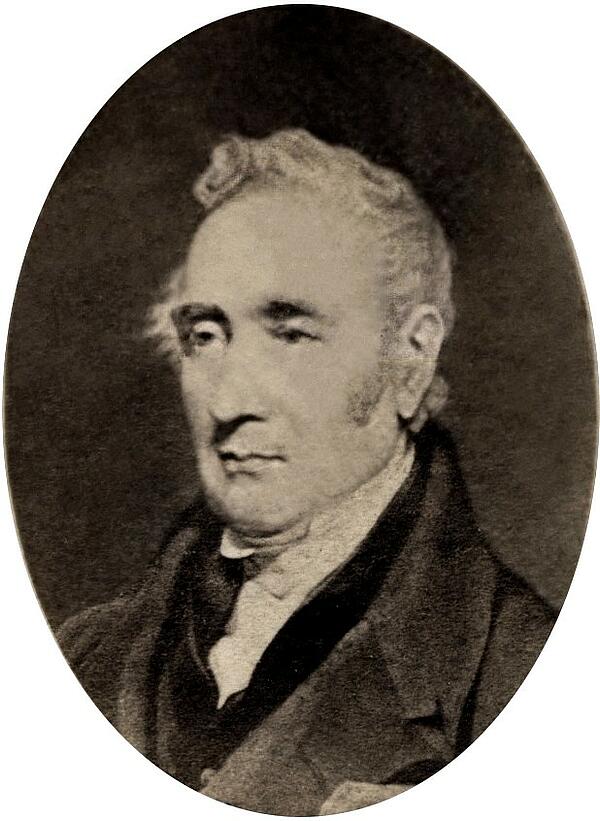Trains 1830 to 1900
The rapid development of trains and the railways in Britain throughout the 19th century would essentially spell the end for canals and coaches. Here are some key dates in the development of the railways:

| 1804: | A steam locomotive was built by Richard Trevithick. Originally designed for his Pennydarren iron works, the train could pull 10 tonnes of iron but its design was still very rough and ready. Nevertheless, it provided a starting point for others to work with. |
|---|---|
| 1811: | John Blenkinsop is known for inventing a steam engine that used cogs on its wheels, thereby giving it better grip. |
| 1813: | William Hedley built the "Puffing Billy", which was used to pull coal wagons at the Northumberland-based Wylam Colliery, the strength of its design meant that it actually stayed in use for 50 years. Wylam was home to George Stephenson - the father of the steam train - and his father was responsible for the upkeep of the pumping engine at the colliery. By 1821 George was working as an engineer for the colliery and he was soon entrusted with the job of creating a line from Stockton to Darlington so the owners could transport their coal to a bigger market with greater ease. |
| 1825: | Stephenson’s Stockton to Darlington rail line was opened. The line used two locomotives, which between them were able to pull 21 coal wagons along the 25-mile stretch of line at around eight miles per hour, which was far superior to any other option at the time and before long the line was turning a profit. |
| 1826: | On the back of this early success George Stephenson obtained an even bigger project - building a railway line that would join up Manchester and Liverpool. However, because the company funding the project did not believe that steam trains were the best option for this line, they held a competition - the Rainhill Trials - to find an alternative. |
| 1829: | Stephenson entered the Rainhill Trials and won thanks to the now legendary "Rocket" train. He won £500 for the creation, which could travel at roughly 30 mph. |
| 1830: | The railways line between Manchester and Liverpool was opened. Another success for Stephenson, this railway line sparked ‘railway mania’ across Britain and between 1825 and 1835, Parliament agreed for 54 new railway lines to be built, followed by a further 39 in 1836 and 1837. By 1900, Britain had around 22,000 miles of railway track. |
| 1838: | George Stephenson’s son, Robert, followed in his father’s footsteps and built the London to Birmingham railway line. |
| 1841: | The Great Western Railway - which ran from London to Bristol - was completed by Isambard Kingdom Brunel. It was so impressive that the line's initials (GWR) came to stand for "God's Wonderful Railway". |
MLA Citation/Reference
"Trains 1830 to 1900". HistoryLearning.com. 2025. Web.
